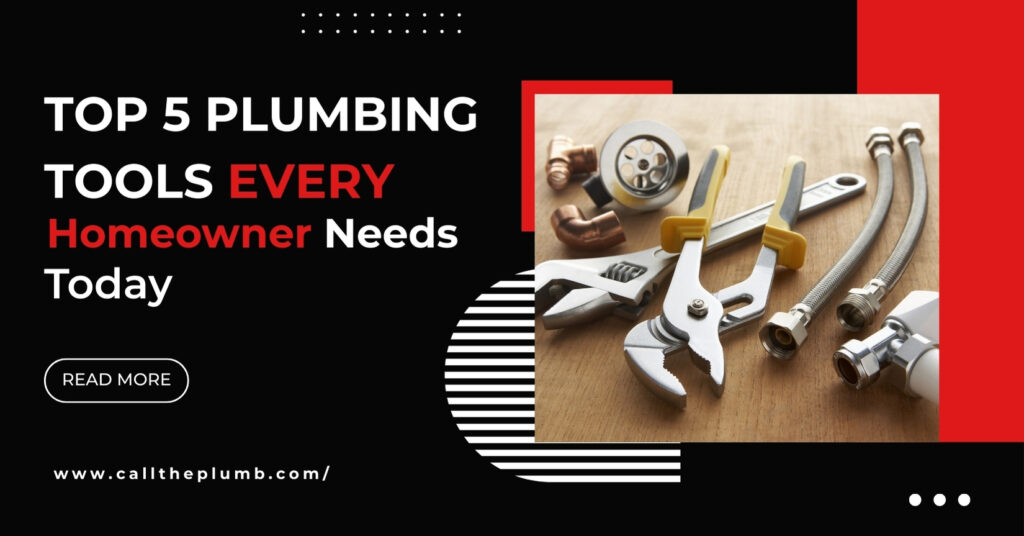Introduction
Every home has common problems such as a leaking water tap, a blocked evacuation, or a ruptured pipe. When these things occur, having the accurate hardware on hand may be helpful. You don’t have to be an expert plumber to handle an emergency, but acquiring a few essential plumbing tools at home can be a concussion. You don’t have to be a technician to fix straightforward plumbing concerns, but you do need some vital tools at home.
In this article, we’ll break down the top 5 plumbing tools every household should have. These items can help you take better care of your home, whether you have low water pressure, a clogged trash disposal, or want to be prepared for any unexpected issues.
1. Drain Auger – The Clog Crusher
If your plumber’s helper can’t remove the clog, the evacuation twist, also known as a plumber’s snake, is the tool to use. This is a long, bendable metal cable that goes down your drain and physically removes deep obstructions. It’s excellent for jams caused by hair, grease, or other debris.
Why It’s Important:
- Gets rid of tough obstructions in tubs, showers, and sinks
- Reaches deeper into pipes than plungers
- Manual and electric options available
If you’ve got recurring drain issues, this is your best friend. Insert the coil into the pipe, turn the handle, and break apart or remove the clog.
Tip: If the buildup is too bad, you may need to contact a hydrojet plumber. They utilise pressurised water to clean pipes more completely.
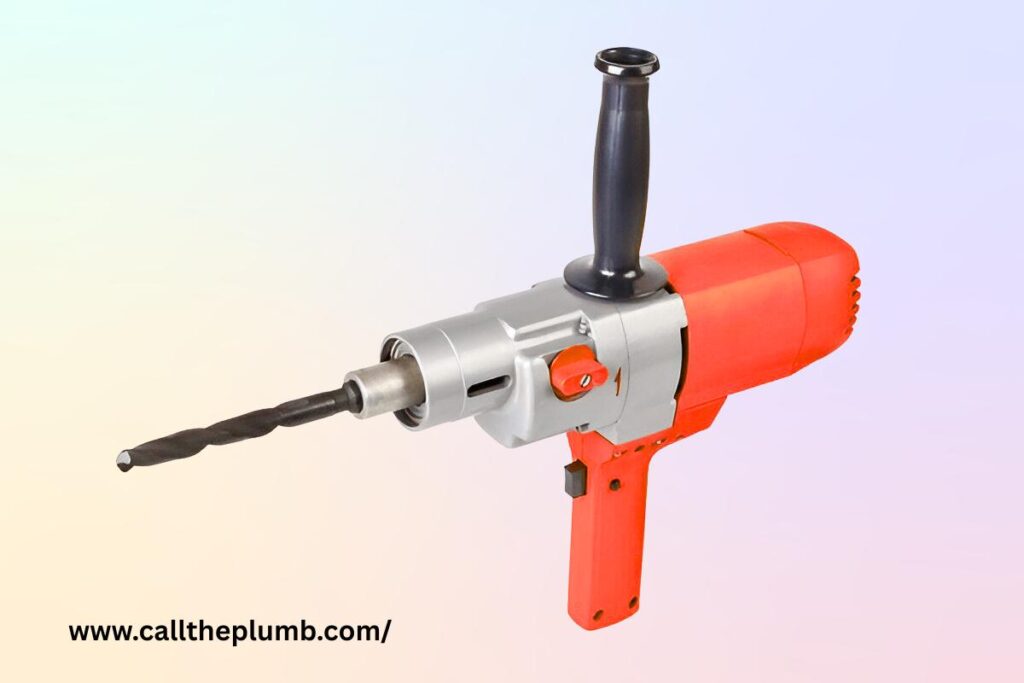
2. Adjustable Pipe Wrench – The Grip Master
Typically, the tool used in plumbing is the flexible wrench, also known as an evacuation wrench or a jaw wrench. It’s durable and can grip domed materials like iron pipes, entitling you to attach or deform them easily in an anticlockwise line.
Common Uses:
- Gripping and turning metal pipes
- Changing out outdated plumbing joints
- Repairing water lines
It has adjustable jaws with sharp teeth that bite into the pipe to provide a firm grip. Just be careful when using it on chrome or finished surfaces—you may want to wrap the area with a cloth first to avoid scratches.
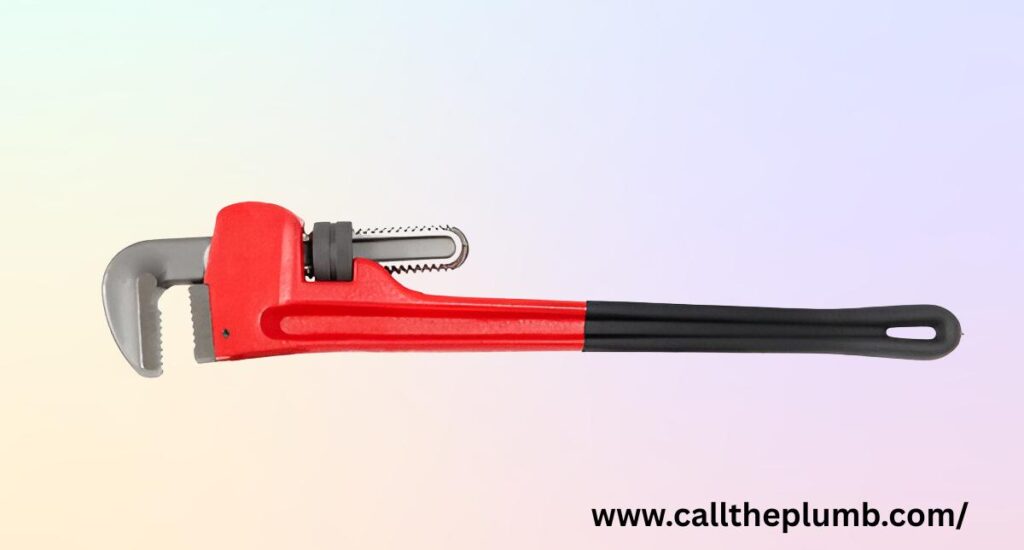
3. Plunger – The Classic Saviour
The plunger is the most well-known equipment for fixing plumbing problems at home. It may sound easy, but utilising the appropriate kind of plunger for the right purpose makes a big impact.
Two Types You Need:
- Cup Plunger – Ideal for washbowl, casks, and plane surfaces
- Flange Plunger – Designed for toilets
How It Works:
Place it instantly beyond evacuation, ensure it’s clean, and push down softly yet firmly. This creates pressure to dislodge the blockage and restore flow.
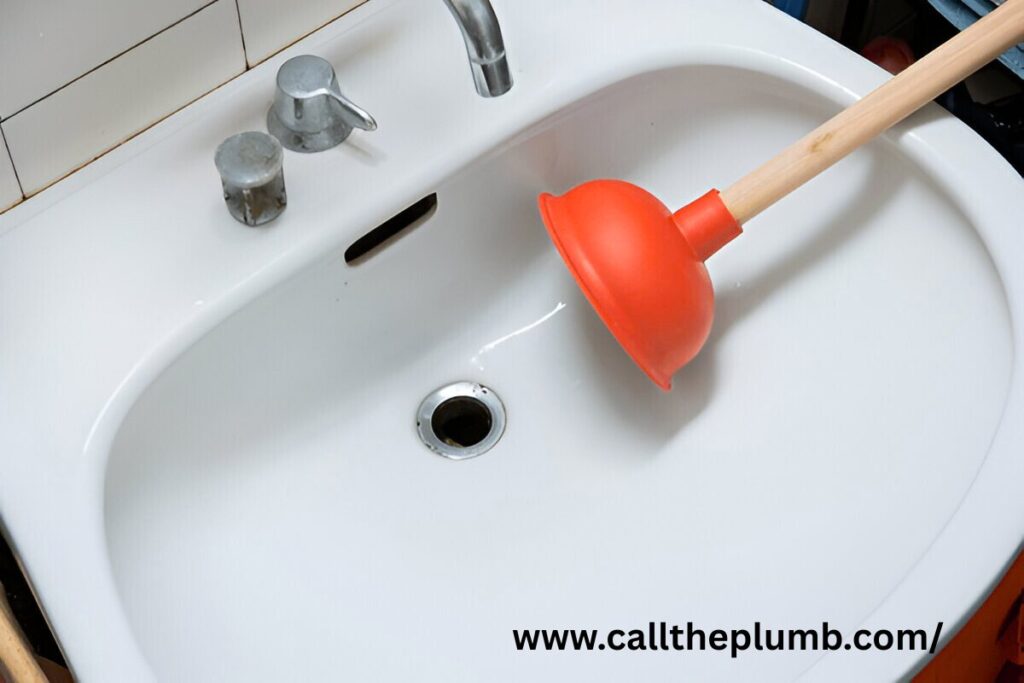
4. Basin Wrench – The Undersink Hero
Ever tried tightening a faucet under the sink and realized there’s no room for your hands—or any standard wrench? That’s precisely what a basin wrench is made for.
Perfect For:
- Reaching nuts behind sinks
- Working in tight, awkward spaces
- Replacing or tightening faucets and hoses
Its long shaft and swiveling head allow you to reach places a standard tool can’t. If you’re doing any faucet repair or garbage disposal repair, this tool is a lifesaver.
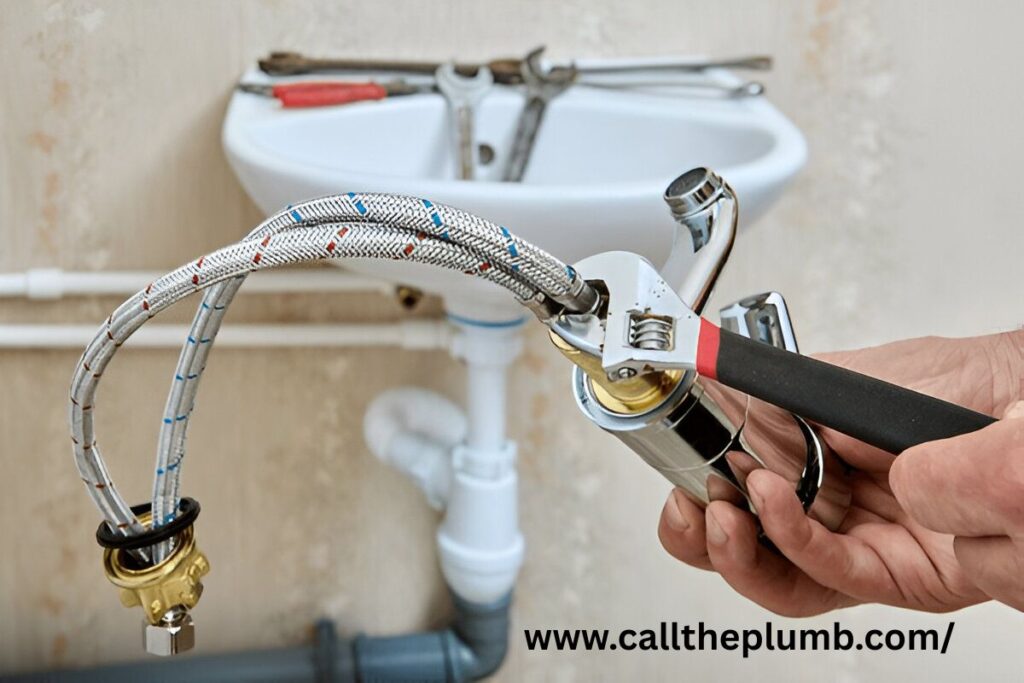
5. Teflon Tape – The Leak Stopper
It’s not a wrench or auger, but Teflon tape (also called plumber’s tape) is an absolute must for leak-free connections. Wrap it around pipe threads before tightening to create a watertight seal.
Why You’ll Love It:
- Prevents leaks at threaded joints
- Easy to apply and mess-free
- Works on shower heads, faucets, pipe fittings, and more
A little tape goes a long way in preventing drips that could lead to bigger issues.
Note: If you’ve tried everything and still experience weak flow, it may be time to call a plumber for low water pressure. It could be sediment buildup or a hidden leak.
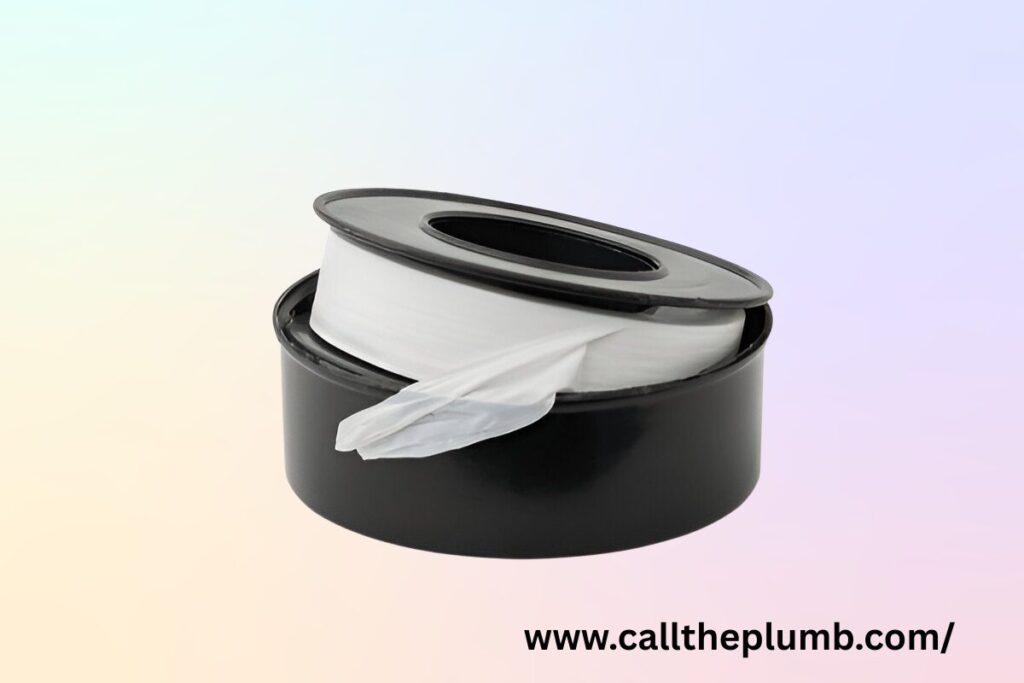
When to Call a Professional
While these tools are perfect for minor jobs, some issues require a licensed emergency plumber:
- Repeated clogs in multiple fixtures
- Major leaks or pipe bursts
- Low water pressure that won’t resolve
- Sewer line issues
- Hidden leaks behind walls
In such situations, hiring a same day plumber can prevent property damage and save you hours of frustration.
Plumbing Tools Safety Tips
Even if you’re reckless with tools, keep these welfare rules in mind:
- Turn off the water always when you start to repair.
- When you turn off the water, wear gloves to protect against soil and water.
- Don’t force tools—you can damage pipes.
- You must wear goggles when cutting or sawing.. This will protect your eyes from all kinds of dust.
- To keep tools from rusting, clean them after each use.
Read our Blog: How to become a plumber
Conclusion
Each occupant is considered reckless in regulating a minor drainage issue, and having the right tools can make the measure instantly. From removing blockages to fixing leaks, this list of plumbing tools is quite helpful for keeping your home safe and your mind at ease.
There are occasions when it’s best to contact a professional, but with these five plumbing tools, you can do more than you think. You now have the tools and expertise to fix things like a toilet that won’t flush or a kitchen tap that isn’t tight.
